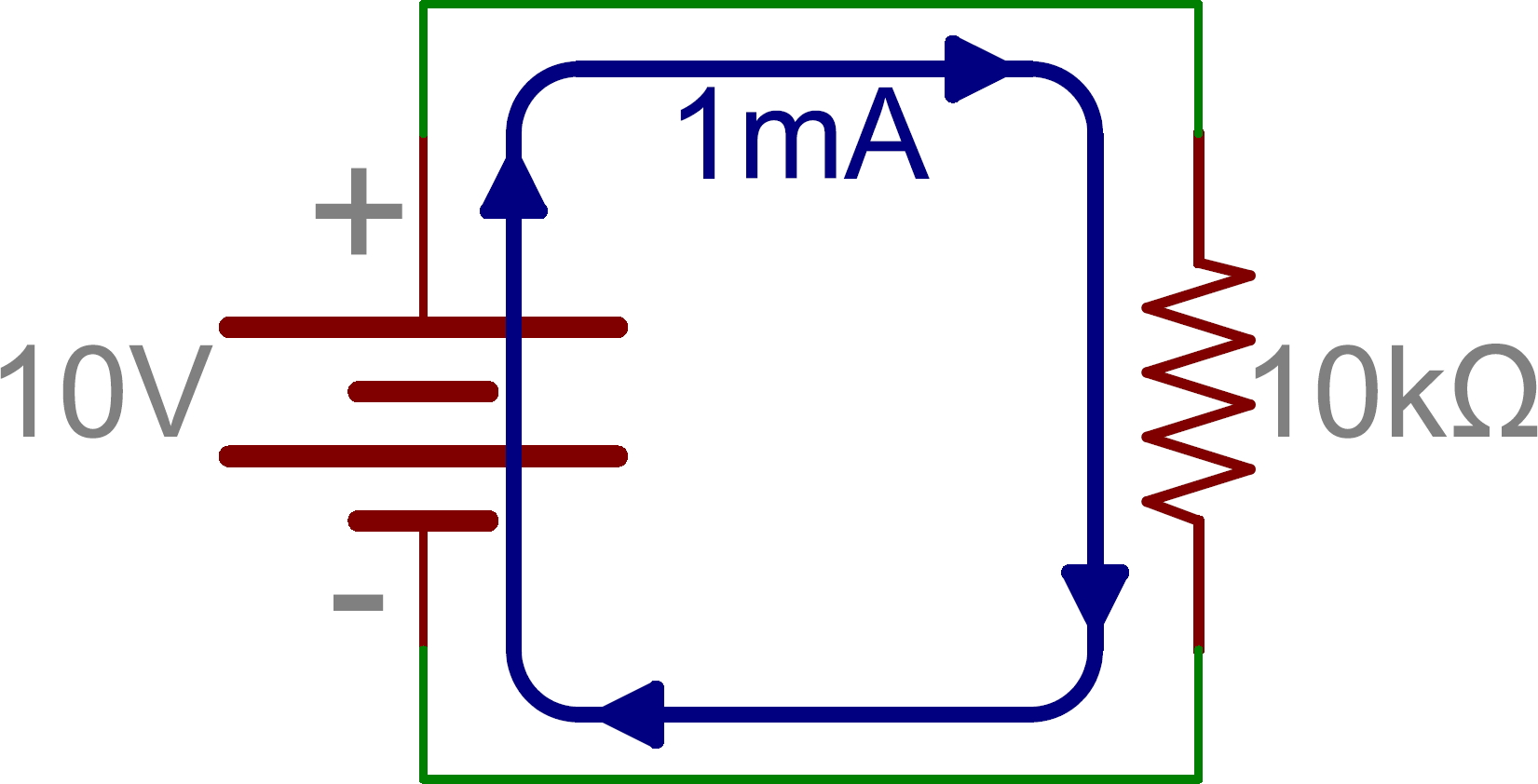Voltage is an important factor to consider when calculating the power output of any electrical circuit. Calculating voltage in a parallel circuit can be a challenge, but if you know the basics of Ohm’s law and electricity, it can be a relatively easy process. Understanding how to calculate voltage in a parallel circuit is key to designing and troubleshooting any electrical system.
The first step in calculating voltage in a parallel circuit is to identify all the components of the circuit. This includes the source voltage, resistors, capacitors, and any other components. Once you have identified all the components, it’s time to apply Ohm’s law. Ohm’s law states that voltage is equal to current multiplied by resistance. To calculate the voltage of a parallel circuit, you will need to determine the total resistance, which is done by summing up the resistance of all the components.
After determining the total resistance, divide the source voltage by the total resistance to get the total voltage of the circuit. This is the voltage of each component in the circuit. For example, if you have three resistors with a total resistance of 6 ohms, the total voltage will be 12 volts (12V/6Ω = 2V). The voltage of each resistor is then 2 volts. If there are additional components in the circuit, such as capacitors, you may need to make additional calculations in order to accurately calculate the voltage of each component in the circuit.
Calculating voltage in a parallel circuit can seem daunting at first, but once you understand the basics of Ohm’s law and electricity, it should become second nature. By understanding the components of a circuit, you can accurately calculate the voltage of each component and make sure your electrical system runs optimally.

Dc Circuits Overview Ohms Law And Power Series Parallel Ppt
In A Circuit With Series And Parallel Connection Of Resistors How Should I Calculate For Voltage Drop Quora

How To Solve Parallel Circuits 10 Steps With Pictures Wikihow

Voltage In Series And Parallel Circuits Activity

Electric Power
How To Calculate The Voltage Of A Parallel Circuit Quora

Series And Parallel Circuits Learn Sparkfun Com

How To Solve Parallel Circuits 10 Steps With Pictures Wikihow

Electrical Electronic Series Circuits

Physics Tutorial Parallel Circuits

How To Solve Parallel Circuits 10 Steps With Pictures Wikihow

Parallel Circuits Hyperelectronic

Combined Series And Parallel Circuits Objectives 1 Calculate The Equivalent Resistance Cur Voltage Of 2 Ppt
Solved For The Two Parallel Circuits Shown Answer Chegg Com

Solved 4 A Series Parallel Circuit With Four Resistors And Chegg Com

How To Solve Parallel Circuits 10 Steps With Pictures Wikihow

Voltage In Parallel Circuits Sources Formula How To Add Electrical4u

How To Solve Parallel Circuits 10 Steps With Pictures Wikihow

How To Solve Parallel Circuits 10 Steps With Pictures Wikihow
